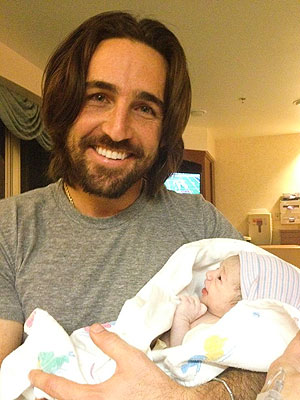
Tara Todras-Whitehill for The New York Times
Protesters lit flares and denounced the edict of President Mohamed Morsi during clashes with riot police officers in front of the high court building in Cairo on Saturday. More Photos »
CAIRO — Egyptian judges rebelled Saturday against an edict by President Mohamed Morsi exempting his decrees from judicial review, denouncing it as an attack on judicial independence and calling for a judges’ strike.
The condemnation came from an array of organizations. The Supreme Council of the Judiciary, a top judicial body, called the decree “an unprecedented attack on judicial independence” and urged the president to rescind it. A major association of judges, the Judges Club, called for a strike by courts across Egypt. The leader of the national lawyers’ association endorsed the strike call.
A judicial strike would be the steepest escalation yet in a political struggle between the country’s new Islamist leaders and the institutions of the old authoritarian government over the drafting of a new constitution. Those tensions have flared since Mr. Morsi announced his decree on Thursday, saying he acted to prevent the courts from dissolving the Constitutional Assembly, as they had dissolved an earlier assembly and the Parliament.
He said his expanded powers, which he announced a day after he won international praise for brokering a cease-fire in Gaza, would last only until the new constitution was ratified.
The judges, all of whom were appointed by Egypt’s ousted strongman, Hosni Mubarak, joined political leaders in opposing the decree. Because the court dissolved the Parliament, the judiciary was the last check on his power, and critics called the decree a step toward autocracy.
State news media reported that judges and prosecutors had already declared a strike in Alexandria, and there were other news reports of planned walkouts in Qulubiya and Beheira, but those could not be confirmed.
There were small street protests outside the court building where the judges met. And a coalition of disparate opposition leaders, including the former United Nations diplomat Mohamed ElBaradei and three other former Egyptian presidential candidates, demanded the cancellation of the decree.
The strike call by the Judges Club, which has been led in recent years by a clique loyal to Mr. Mubarak and opposed to the Islamists, followed a vote at a more representative assembly of about 1,000 of the club’s members. They urged courts to suspend all activities except those vital to citizens, and it was unclear how individual courts might respond.
As the Judges Club met in the High Court building, the small crowd of protesters outside chanted that Egypt’s judges were “a red line.” When another group armed with the flares favored by hard-core soccer fans tried to force their way into the building, the police fired tear gas.
Inside, the Mubarak-appointed chief prosecutor, Abdel Meguid Mahmoud, declared to a crowd of cheering judges that he rejected Mr. Morsi’s attempt to fire him. He called the presidential decree “null and void” and warned of a “systematic campaign against the country’s institutions in general and the judiciary in particular.” Judges in the meeting chanted for the “fall of the regime,” reprising the signature rallying cry of the revolt last year against Mr. Mubarak, but this time against Mr. Morsi.
Khaled Ali, a human rights lawyer, said he had filed one of several lawsuits asking the courts to attempt to overturn Mr. Morsi’s decree.
The coalition of opposition leaders, calling their group the National Salvation Front, declared that it would not negotiate with Mr. Morsi about resolving the crisis until he withdrew his decree. “We will not enter into a dialogue about anything while this constitutional declaration remains intact and in force,” said Amr Moussa, one of the leaders and Mr. Mubarak’s former foreign minister. “We demand that it be withdrawn, and then we can talk.”
What set off the battle was the year-end deadline for the Constitutional Assembly chosen last spring to draft a new constitution. There have been rumors that the Supreme Constitutional Court was poised to dissolve the assembly in a ruling next Sunday. Top courts had already dissolved both an earlier Constitutional Assembly and the Parliament. All three bodies were dominated by Islamists, who have prevailed in elections, and many of the top judges harbor deep fears of an Islamist takeover.











